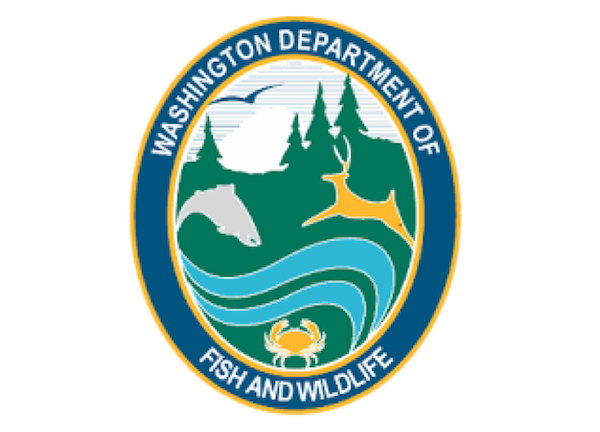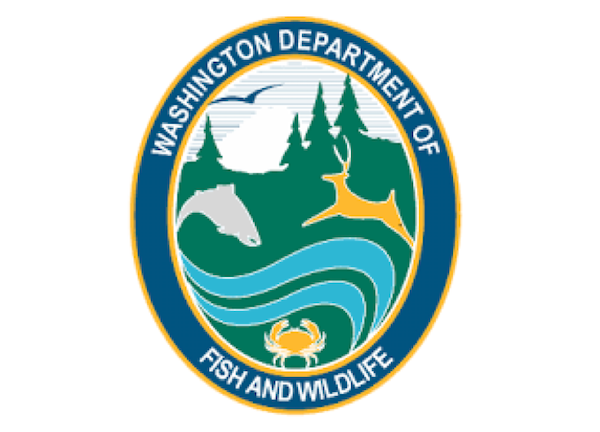From Sportfishing
Fish Report for 10-1-2021

Quilomene bighorn sheep test positive for lethal bacteria
10-1-2021
WA Department of Fish & Wildlife Staff
ELLENSBURG – The Washington Department of Fish and Wildlife (WDFW) confirmed the presence of a pneumonia-causing bacteria in the Quilomene bighorn sheep herd last month.
WDFW wildlife biologists received reports of sick bighorn sheep near Wenatchee and collected samples to test for Mycoplasma ovipneumoniae (Movi), a bacteria that causes fatal pneumonia in bighorn sheep. Given the widespread occurrence of bluetongue in eastern Washington this year, a lamb was also tested for the presence of bluetongue virus. Both tests came back positive.
“This is unfortunate news for the Quilomene bighorn herd, Washington's largest herd,” said Mike Livingston, WDFW Region 3 Director. “We’re working internally to identify next steps for managing this herd to mitigate effects of the outbreak.”
Last week, WDFW staff began a systematic search of the area by helicopter to determine the geographic extent of the pathogen and noted one ewe with symptoms of pneumonia in the central portion of the herd’s range. Staff will continue to collect samples through hunter harvest and reports of dead sheep.
“At this point, we know Movi and bluetongue virus are in the herd, and we’re going to monitor these sheep closely,” added Livingston. “This is disappointing as it means that the bacteria is present in all WDFW-managed bighorn sheep herds in Region 3.”
WDFW encourages anyone who observes bighorn sheep that are coughing or displaying other abnormal behaviors within the southern half of the Quilomene herd's range (from Quilomene Bay to Vantage) to contact WDFW’s South Central Regional Office immediately, via email or 509-575-2740.
Pneumonia caused by the Movi bacteria can be fatal in bighorn sheep and can reduce the survival rate of lambs for many years after the initial outbreak. There is no treatment for bighorn sheep, and no preventative vaccine.
Past pneumonia outbreaks among bighorn sheep in Washington and other parts of the western United States have been linked to contact between wild sheep and domestic sheep or goats, which carry Movi but are unaffected by the bacteria.
In late 2020, a domestic sheep infected with Movi was found among some Quilomene bighorn sheep herd members in a different geographic area from the recently sick sheep. WDFW then performed sample testing, and the bacteria was not detected in the bighorn sheep. There is no known connection between the recent pneumonia outbreak and those events in fall 2020. It is unlikely WDFW will ever be certain of the source of the current outbreak because there are several domestic sheep and goat operations located close enough to the Quilomene bighorn range to create risk of transmission.
Eliminating interactions between wild bighorns and domestic sheep or goats is the best way to prevent pneumonia outbreaks from occurring in wild bighorn populations. WDFW actively works with sheep and goat owners and other land management agencies to limit those interactions.
Bluetongue is a hemorrhagic disease that seasonally occurs during the driest part of the year when conditions are favorable for the biting Culicoides gnats (commonly known as midges) that transmit the viruses. The gnats are found in wet, muddy areas where sheep may congregate during late summer and early fall, especially in unusually warm, dry years. Cases of bluetongue typically cease after the gnats are killed by the first hard frost of the year.
The Washington Department of Fish and Wildlife works to preserve, protect and perpetuate fish, wildlife and ecosystems while providing sustainable fish and wildlife recreational and commercial opportunities.
< Previous Report Next Report >
More Reports
WA Department of Fish & Wildlife Reports
for Friday, October 1st, 2021
Cascade River: Cascade River coho season extended from mouth to Rockport-Cascade Road Bridge
Skagit River: Skagit River salmon update

9-29-2021
The latest round of razor clam digs has been approved for beaches on the Washington coast, with the first morning...... Read More

Website Hosting and Design provided by TECK.net